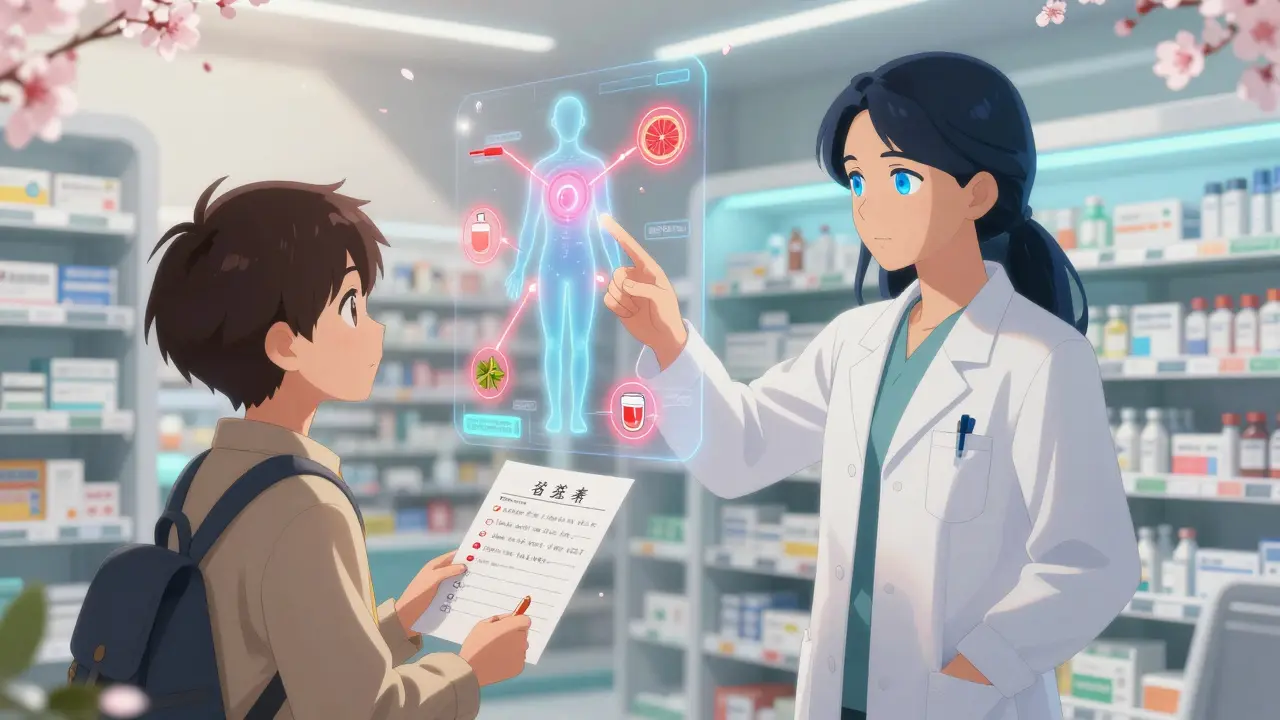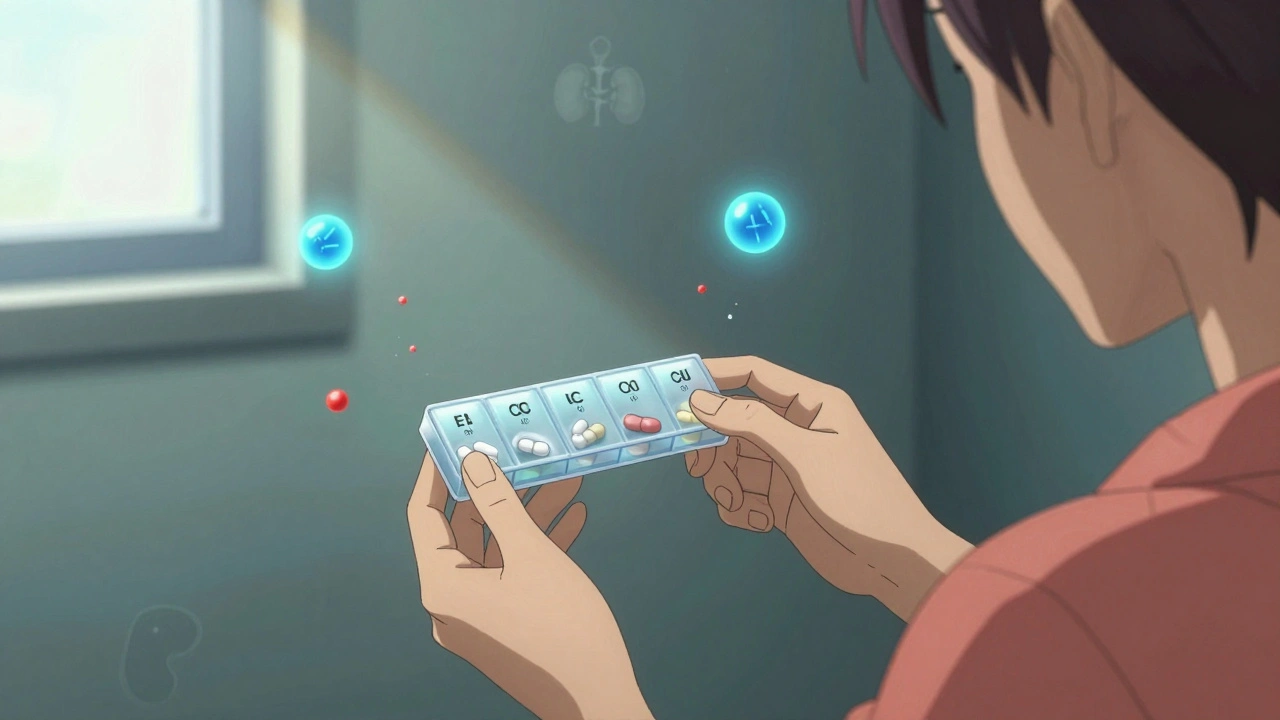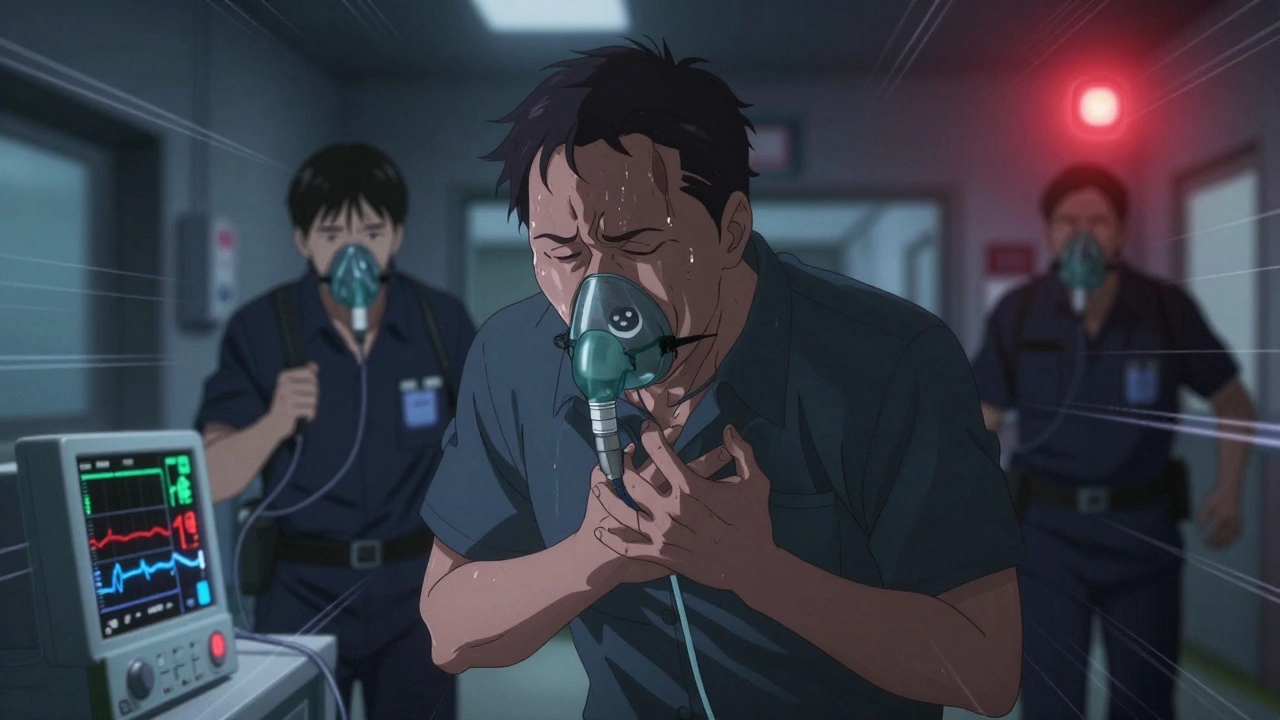Corey's Pharma Hub - Page 2
Hospitals and clinics across the U.S. are struggling with severe staffing shortages, leading to longer waits, higher death rates, and canceled care. Nurses are burned out, rural clinics are closing, and patients are paying the price.
Learn the essential questions to ask your pharmacist about drug interactions to avoid dangerous side effects. Know what to say about medications, supplements, food, and alcohol to stay safe.
Learn how to find overdose warnings and antidote information in your medication guide. Know where to look, what to watch for, and how to act before it's too late.
Corticosteroids can trigger serious mood changes and even psychosis, especially at high doses. Learn who’s at risk, how to spot early signs, and what to do if symptoms appear.
Learn how to manage hypoparathyroidism with calcium and vitamin D supplements, avoid common pitfalls, and understand when to consider advanced treatments like PTH replacement. Practical, evidence-based guidance for patients and caregivers.
Learn how to tell the difference between a common cold and the flu, recognize warning signs of complications, and understand when antivirals actually help. Get clear, evidence-based advice for 2025.
Acne affects 50 million Americans yearly. Learn the six types, what causes them, and how topical and oral treatments really work - backed by clinical data and real user results.
Chest pain can signal a heart attack-or nothing serious. Learn the key signs that mean you need to call emergency services immediately, what happens in the ER, and when it’s safe to wait.
Decongestants like pseudoephedrine and phenylephrine can raise blood pressure and interfere with hypertension medications. Learn which OTC cold remedies to avoid and safer alternatives for managing congestion with high blood pressure.
Metabolic surgery offers the highest rates of type 2 diabetes remission and sustained weight loss compared to any other treatment. Learn the real numbers, who benefits most, and why it’s still underused.
Generic drugs make up 90% of U.S. prescriptions but only 23% of drug spending. This is how they get from factories in China and India to your pharmacy shelf-and why shortages keep happening.
Hypersensitivity pneumonitis causes cough and breathlessness from inhaled environmental triggers like bird droppings or mold-not medications. Early diagnosis and avoiding the trigger can prevent permanent lung damage.












